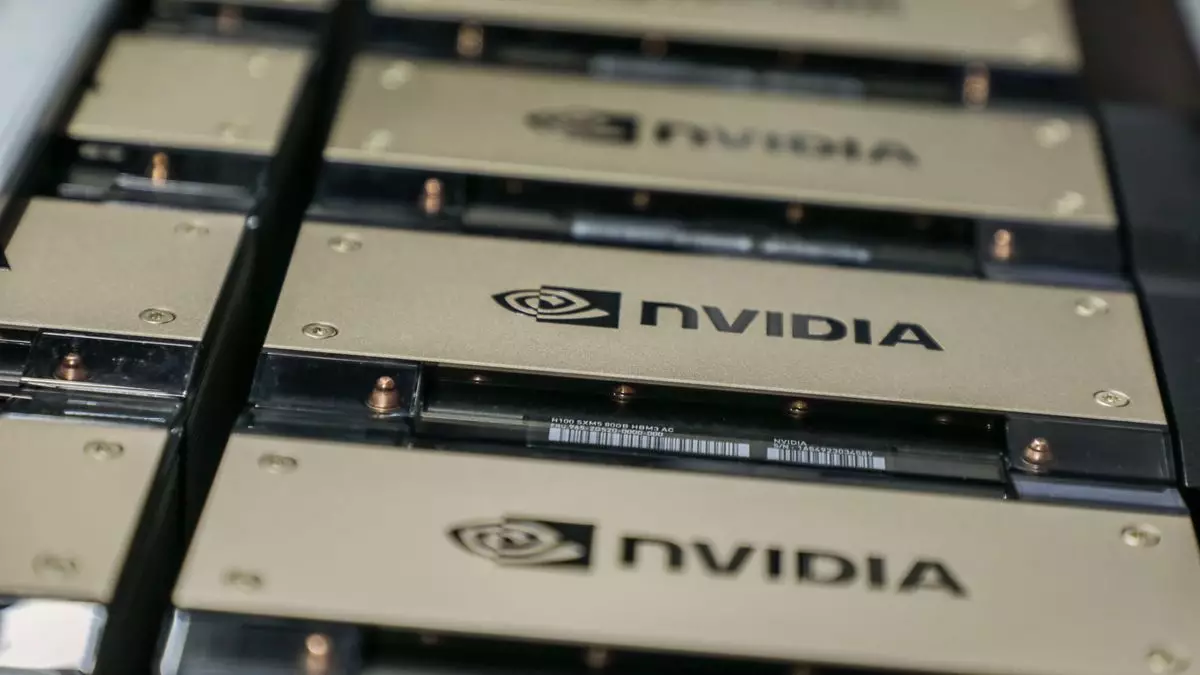Nvidia has long been a trailblazer in the realm of data center GPUs, and its innovations have continually shaped the landscape of graphics processing. However, a lesser-known yet crucial aspect of their operations is the supercomputer dedicated entirely to enhancing Deep Learning Super Sampling (DLSS). This sophisticated infrastructure has reportedly been functioning tirelessly for six years, refining the algorithms that power DLSS and revolutionizing how graphics are rendered in gaming. This article aims to explore this fascinating intersection of hardware and software, as well as Nvidia’s commitment to advancing its deep learning technology.
One of the key revelations about Nvidia’s operations involves the immense resources they allocate to improving DLSS. At the recent RTX Blackwell Editor’s Day during CES 2025, Nvidia’s Vice President of applied deep learning research, Brian Catanzaro, highlighted this dedication. For many in the industry, the existence of a supercomputer running continuously to enhance DLSS could seem surprising. However, the reality is that this infrastructure enables Nvidia to perform ongoing assessments and enhancements to its upscaling algorithms.
The sheer scale of this endeavor cannot be understated. Thousands of GPUs are harnessed every hour, day, and year to process a massive volume of data that informs the DLSS model’s training. This goes beyond mere occasional training; it’s a relentless pursuit of improving how images are processed, with a focus on identifying failures that can detract from the user experience.
One of the most significant upgrades discussed by Catanzaro was the transition from traditional convolutional neural networks to a new transformer model for DLSS 4. This shift signifies a pivotal moment in the evolution of Nvidia’s deep learning capabilities. The use of transformer models, which excel in handling sequences and relationships in data, plays a crucial role in increasing the accuracy and effectiveness of DLSS.
By leveraging cutting-edge neural network architectures, Nvidia has empowered DLSS to better understand and process graphical data. The transformer model allows for a more nuanced analysis of complex images, helping to mitigate issues such as ghosting, flickering, and blurriness—three common pitfalls of earlier models. This process not only enhances the user interface but also maintains a high fidelity of graphics output, ensuring gamers experience visually stunning results.
Catanzaro also unveiled the detailed processes involved in training and refining DLSS. The supercomputer does not merely function as a powerful engine for raw data processing; it is designed to scrutinize the performance of the DLSS model meticulously. When failures occur, whether through ghosting or other anomalies, the system identifies the shortcomings and seeks to understand why certain images are rendered inadequately.
This feedback loop is essential for improving the DLSS training data set continually. Nvidia scrutinizes thousands of gaming scenarios, collecting data on what constitutes “good graphics” and what challenges DLSS must surmount. By expanding its training set with these critical insights, Nvidia retrains its model, creating a more robust system capable of handling a wider variety of graphical challenges across multiple games.
Nvidia’s commitment to enhancing DLSS through the dedicated power of a supercomputer underscores the company’s standing as a leader in graphics technology. With the transition to transformer models and an unyielding focus on continuous improvement, the future looks increasingly promising for gamers. As graphics capabilities continue to evolve, the techniques being employed today may form the foundation for tomorrow’s immersive experiences. As we look ahead, one can only anticipate further advancements from Nvidia that will elevate the quality of graphics and gaming as a whole. With this steadfast dedication, Nvidia seems poised to remain at the forefront of technological innovation in the gaming industry for years to come.


Leave a Reply